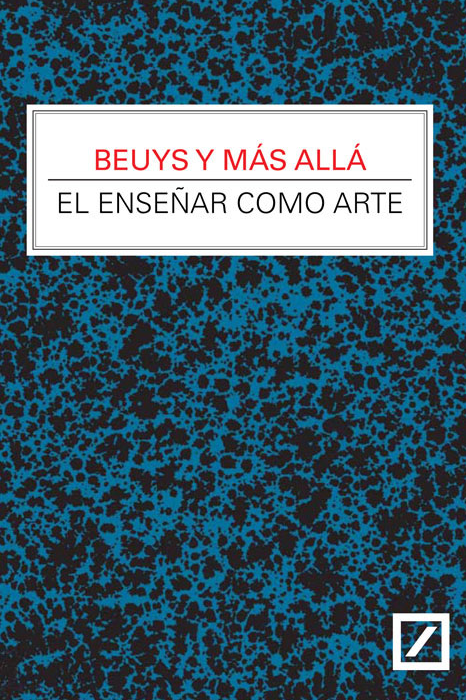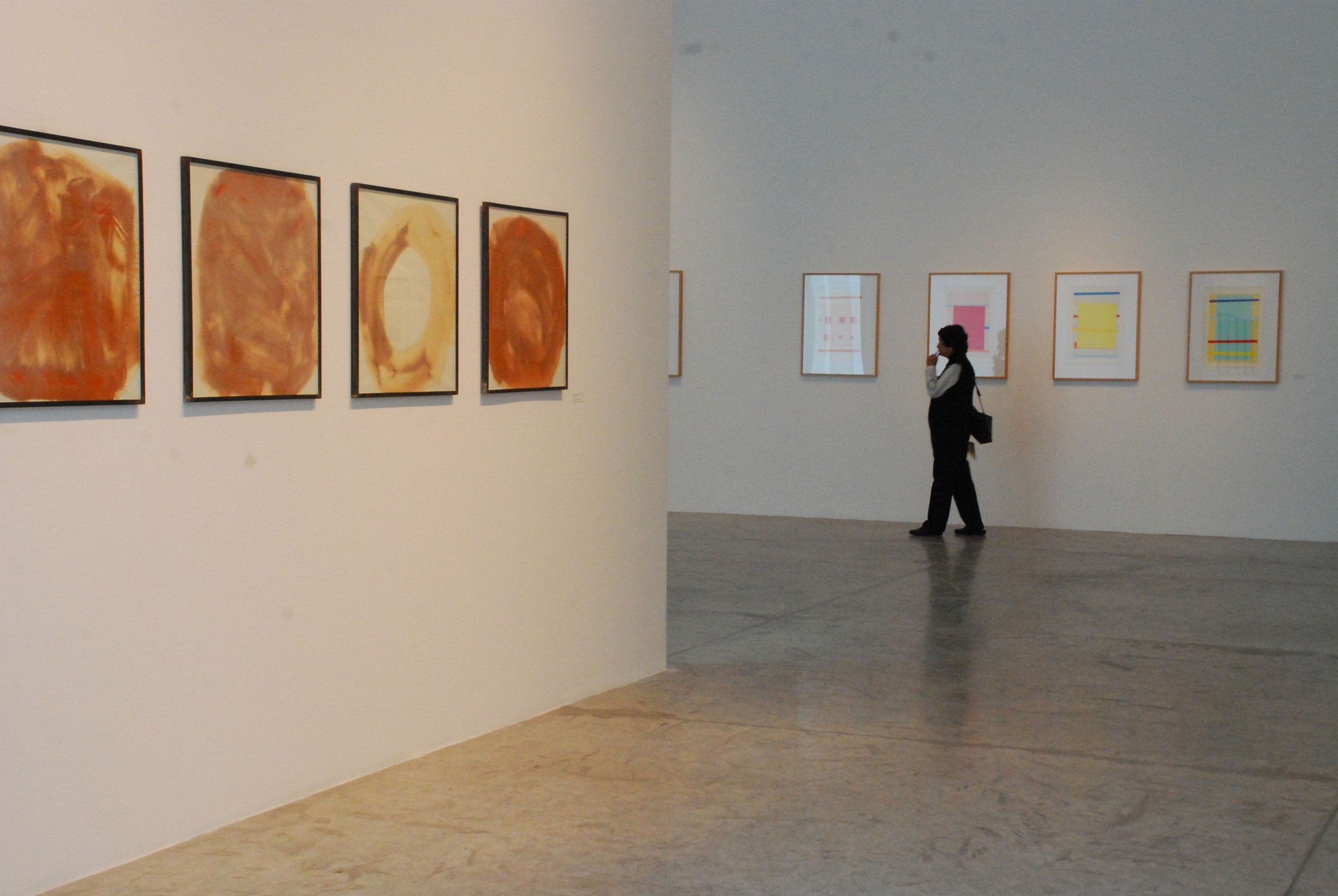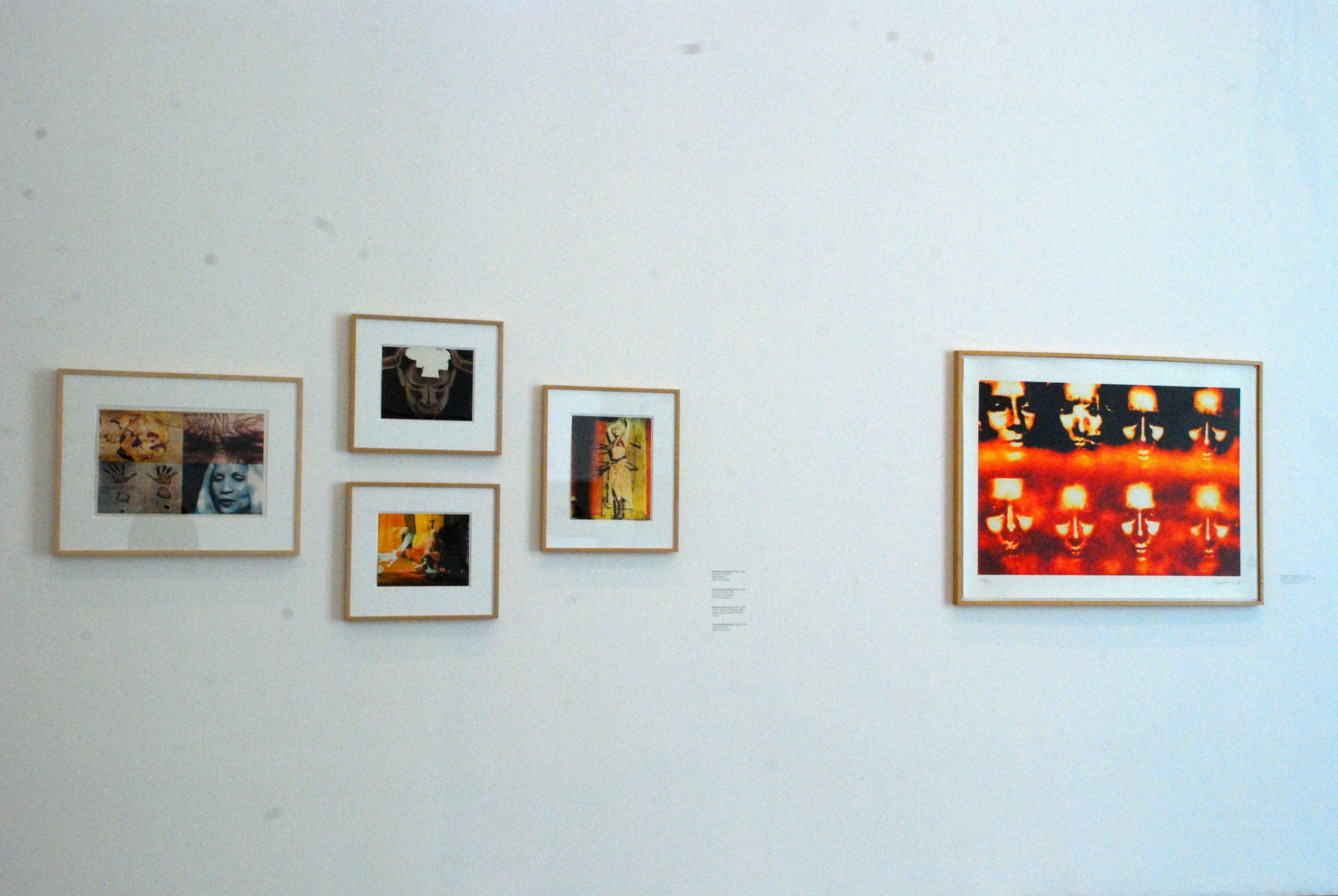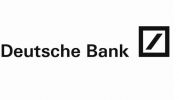Beuys y más allá
Teaching as art
Joseph Beuys was one of the most relevant artists of the second half of the twentieth century; his works, his actions as well as his way of thinking constitute a creative body of great influence and debate to this date.

Beuys proposed the materialistic dominant thought, based on rational presumptions and a predatory technological development, though his wide conception of art, in which each individual would participate in the modeling of a new “social sculpture”. At the same time that he promoted the sentence “every man is an artist”, Beuys sought to update the ancestral consideration of the creator as mediator of spiritual and transcending essences towards collectivity.
Beuys’ artistic activism extended beyond museum and galleries, anticipating in many ways strategies that today give ecology and civil- as well as non-government organizations an outstanding place in the West. An aspect of an activity, which the artist gave a lot of importance, was education; finding in it the most important creative field for the possibility of a cultural transformation. In many occasions, Beuys said that this work as a docent constituted his best work, which he practiced in an official capacity at the Art Academy in Dusseldorlf, from 1961 to 1972, and alternatively in projects with the Universidad Libre Internacional (1973 – 1988), an idea that was conceived in conjunction with Heinrich Bll (1917 – 1985).

The Works presented are part of Deutsche Bank’s important art collection. For the first time, this graphic collection is presented under a singular curatorial concept: Beuys’ section of works and his pupils has a perspective that links art and education, with an itinerary throughout Latin America and in dialogue in each venue with an author who, in each country, stands out because of his double influence as a creator and a teacher.

In the case of Mexico, the artist and teacher who is presented in dialogue is Mario Rangel Faz (1956 – 2009), whose work is revised in the parallel showing Coordinates, Mario Rangel Faz
Artist: Joseph Beuys (Germany, 1921 – 1986)



